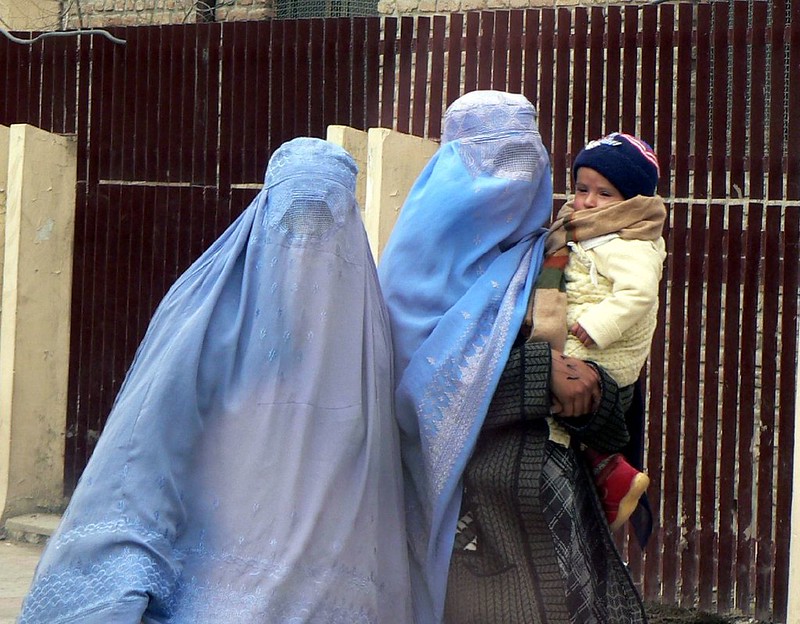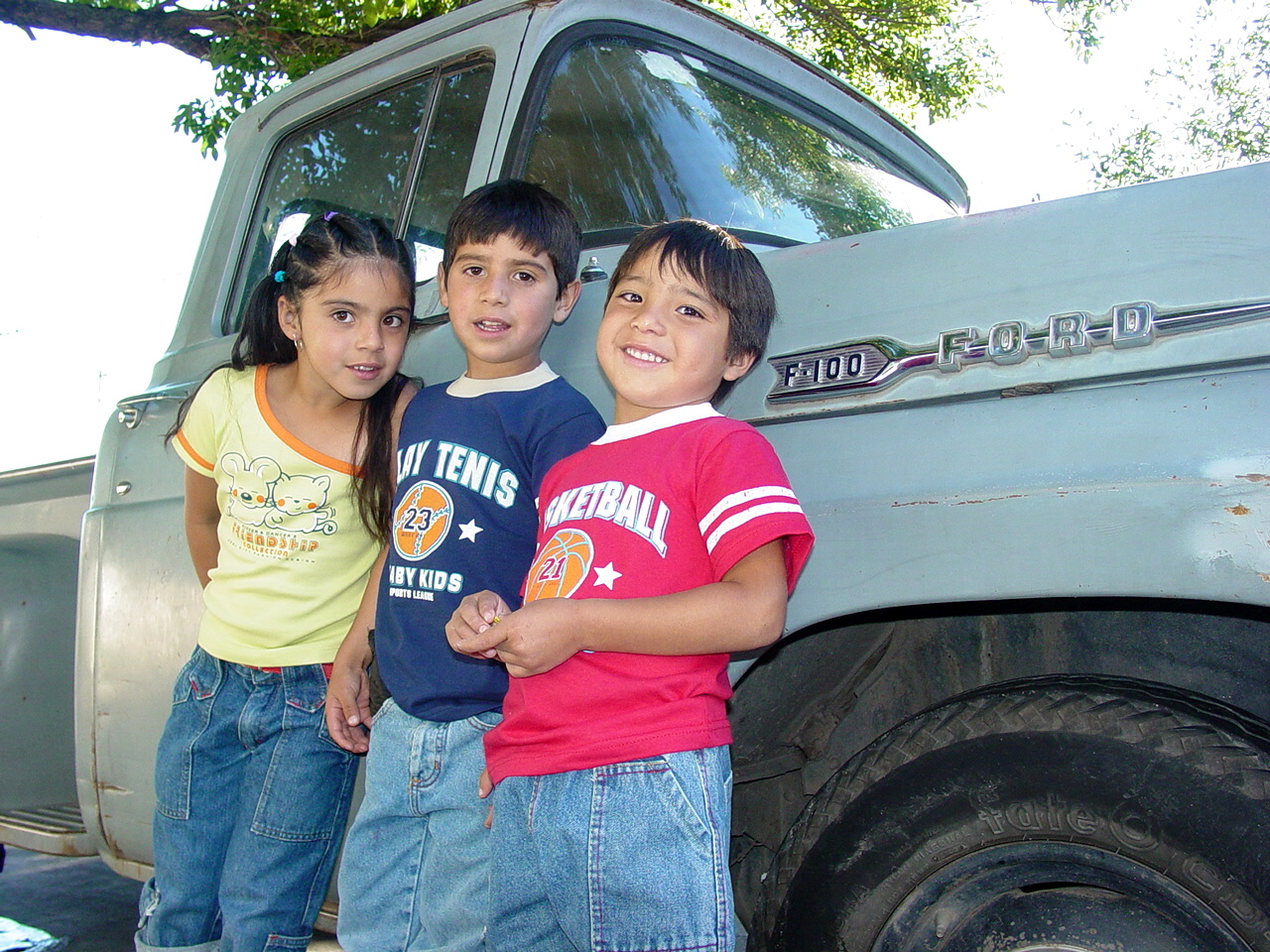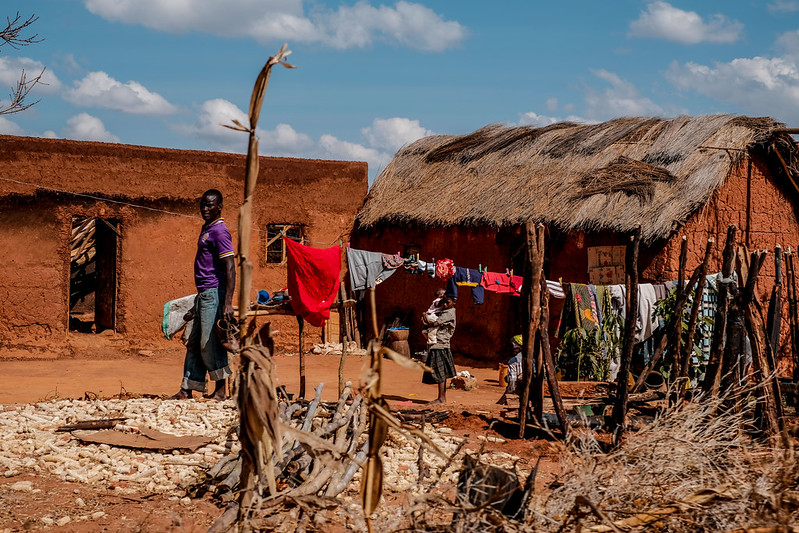 North Korea has long struggled with food insecurity, a challenge that natural disasters, international sanctions and economic mismanagement have exacerbated. The World Food Programme (WFP) has been active in the country since 1995, playing a critical role in providing food assistance and fighting malnutrition. In recent years, however, the situation has become even more dire. WFP’s most recent efforts have focused on expanding support to the country’s most vulnerable populations. Indeed, food insecurity levels in North Korea have reached their highest point since the 1990s.
North Korea has long struggled with food insecurity, a challenge that natural disasters, international sanctions and economic mismanagement have exacerbated. The World Food Programme (WFP) has been active in the country since 1995, playing a critical role in providing food assistance and fighting malnutrition. In recent years, however, the situation has become even more dire. WFP’s most recent efforts have focused on expanding support to the country’s most vulnerable populations. Indeed, food insecurity levels in North Korea have reached their highest point since the 1990s.
An Escalating Crisis
North Korea faces deep-rooted structural challenges in its agricultural sector, including a lack of arable land, inadequate access to modern agricultural technologies and persistent natural disasters. Droughts, floods and typhoons have devastated agricultural production in recent years. Even small-scale disasters have a disproportionate impact on the country’s food system, which is already fragile and prone to disruption. North Korea ranks 29th out of 191 countries in terms of its vulnerability to natural disasters.
The onset of the COVID-19 pandemic worsened the situation. With borders closed and imports restricted, North Korea has been cut off from many of the external resources it once relied on, including agricultural inputs and food imports. The pandemic has also disrupted the domestic food distribution system, compounding the country’s food insecurity. Economic sanctions imposed by the United Nations (U.N.) further restrict North Korea’s access to international trade, exacerbating shortages of essential goods such as fertilizers, modern farming tools and food.
The WFP estimates that 10.7 million North Koreans—approximately 40% of the population—are undernourished. Many suffer from chronic malnutrition, which is particularly severe among children, pregnant women and nursing mothers. The country’s child malnutrition rate is alarming. In children under five, 18% suffer from stunted growth due to inadequate nutrition. These numbers highlight the urgent need for external food assistance.
Recent WFP Initiatives to Combat Hunger
In response to the worsening food crisis, the WFP has adapted and expanded its programs in North Korea. The organization’s recent focus has been on scaling up the delivery of specialized nutritious food, enhancing food production resilience and securing additional funding to meet the growing need.
- Specialized Nutrition Programs. A key WFP strategy in North Korea is providing fortified foods to vulnerable populations, including pregnant women, nursing mothers and children. These fortified foods, which include enriched blended cereals and high-protein biscuits, are designed to combat malnutrition by supplying essential nutrients that are lacking in the North Korean diet. These products are rich in proteins, vitamins and minerals, which are crucial for children’s development and for improving maternal health. The WFP distributes these foods through nurseries, hospitals, pediatric wards and boarding schools. This ensures that the most at-risk individuals receive targeted nutrition support. Currently, the WFP’s food assistance reaches about one million people across North Korea, with a specific focus on reducing child malnutrition. By addressing the nutritional gaps in the population’s diet, the WFP is helping to alleviate both acute and chronic malnutrition. Local production of fortified foods is also supported through WFP’s partnerships with North Korean food factories, which helps maintain a consistent supply of these essential products.
- Food Production Resilience. Alongside its nutrition-focused programs, the WFP has also been working to support North Korea’s agricultural production. The country’s farming system is highly vulnerable to climate-related shocks and recurrent natural disasters frequently damage crops and food infrastructure. The WFP aims to improve the resilience of local food production by providing technical assistance and resources to boost agricultural output. While international sanctions limit the scale of these interventions, the WFP has continued to seek ways to strengthen food production capacities in the country.
- Recent Funding Initiatives. The growing food crisis in North Korea has prompted the WFP to call for a significant increase in funding for its food assistance programs. In early 2023, the WFP sought to triple its budget for North Korea. The organization warned that without additional resources, the country’s food insecurity could lead to a full-scale famine. According to the WFP, food insecurity levels are now the worst they have been since the 1990s, a period marked by widespread famine and mass starvation. The organization has stressed that without urgent action, millions of North Koreans will remain at risk of severe hunger.
The Impact of Sanctions and Border Closures
The WFP’s efforts in North Korea are complicated by the country’s political isolation and economic sanctions. U.N. sanctions, aimed at curbing North Korea’s nuclear weapons program, include restricting international trade and investment in the country. In particular, sanctions have limited North Korea’s ability to import essential agricultural inputs, such as fertilizers and modern farming equipment, which are necessary to boost local food production.
The COVID-19 pandemic further complicated the WFP’s work. North Korea implemented strict border closures to prevent the spread of the virus. These closures cut off the country from most external aid and imports, including food and medical supplies. Additionally, the closure of public institutions and restrictions on movement within the country disrupted the distribution of food and aid. This has made it even harder for the WFP to reach those in need.
The Road Ahead
Despite the WFP’s efforts, North Korea’s food crisis persists, with millions still suffering from malnutrition. The need for expanded food assistance is critical. However, sanctions, political isolation and the ongoing effects of the pandemic continue to limit the WFP’s operations in North Korea. The organization has consistently called for increased funding and international cooperation to overcome these ongoing challenges. However, the path forward is fraught with uncertainty.
– Sophia Lee
Sophia is based in Media, PA, USA and focuses on Good News, Global Health for The Borgen Project.
Photo: Flickr

 The Taliban, an Islamic fundamentalist group, returned to power in
The Taliban, an Islamic fundamentalist group, returned to power in 
 After Colombian voters rejected the
After Colombian voters rejected the 

 A team of innovative minds based in Bangalore, India, set out nine years ago to enhance the social and physical infrastructures of
A team of innovative minds based in Bangalore, India, set out nine years ago to enhance the social and physical infrastructures of  In rural Africa, the
In rural Africa, the 
 For decades, Afghanistan has been the world’s leading
For decades, Afghanistan has been the world’s leading